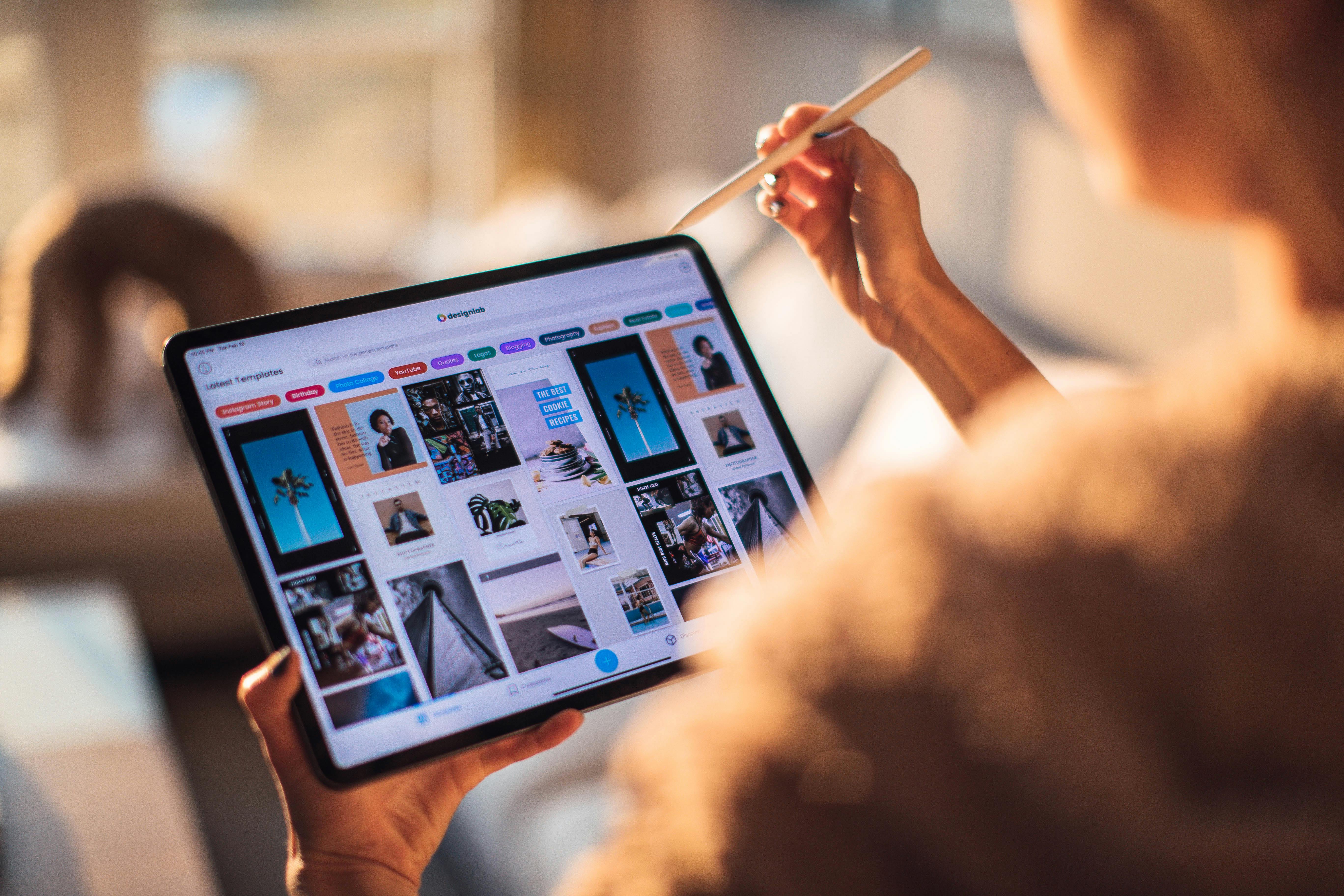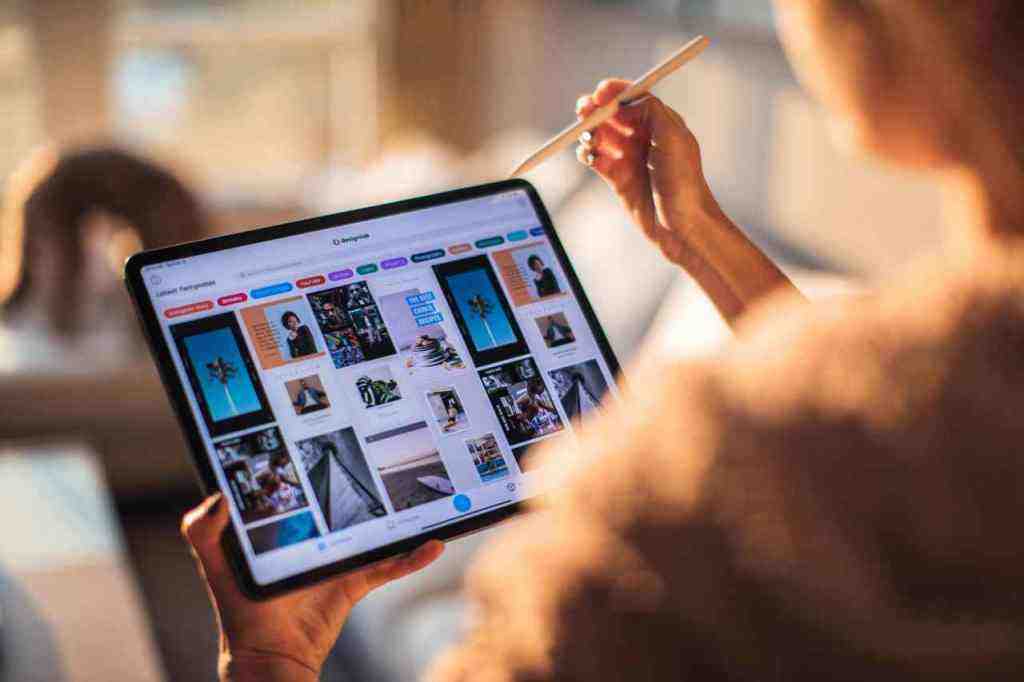The iPad’s Great Divide: From Steve Jobs’ Dream to a 2025 Reality

Remember when the iPad first landed? It was 2010, and Steve Jobs, with his signature flair, introduced a device that was meant to be… well, *different*. Not a laptop, not a phone, but something entirely new, a magical window into the digital world. Fast forward to 2025, and that “third category” device has morphed, evolved, and, for some, perhaps even outgrown its original, elegantly simple vision. Today, the iPad straddles a fascinating line, catering to everyone from casual web surfers to power-hungry professionals. Has it become the versatile powerhouse we need, or has it lost some of its original charm in the process? Let’s dive in.
The Genesis of a Third Category: Jobs’ Vision Unveiled
Steve Jobs, ever the visionary, didn’t just launch a product; he introduced a concept. In 2010, he famously likened personal computers to “trucks” – powerful but perhaps a bit clunky for everyday tasks. The iPad, on the other hand, was the “car” – accessible, intuitive, and versatile. Priced at $499, it was designed to be a device for everyone, a tool that could bridge the gap between the portability of a smartphone and the robust functionality of a laptop. It was meant to be simple, magical, and widely adopted.
A New Era of Computing
The initial iPad was a revelation. Its touch-first interface was revolutionary, making computing feel more natural and less intimidating. It was perfect for browsing the web, checking email, watching videos, and playing games. This focus on simplicity and user experience was key to its early success, setting it apart from the more complex computing paradigms of the time.
From Simplicity to Sophistication: The iPad’s Remarkable Journey. Find out more about Steve Jobs iPad vision departure.
Over the years, Apple hasn’t stood still. Each new iPad generation has brought more power, better displays, and a slew of new features. We’ve seen the introduction of the Pro, Air, and Mini lines, each catering to slightly different needs. Processors like the M1 chip have brought laptop-level performance to the iPad, and features like keyboard and mouse support have further blurred the lines between tablets and traditional computers. This evolution is undeniably impressive, but it’s also where the conversation about deviating from Jobs’ original intent really heats up.
The Pro Shift: A Glimpse of the Future
The introduction of the iPad Pro was a significant turning point. With its beefed-up processing power and a price tag that started to rival laptops, Apple clearly signaled a move towards a more professional user base. This was great for those who needed more oomph, effectively positioning the iPad as a potential laptop replacement. However, this professional focus also meant a departure from the device’s initial, more accessible and straightforward ethos.
The Challenge of Defining the iPad: Tablet, Laptop, or Something Else Entirely?
This evolution has sparked a lively debate: what *is* the iPad in 2025? Is it still just a tablet, or has it become a legitimate laptop alternative? Apple seems to be embracing this ambiguity, creating a device that can be both a casual consumption slate and a serious productivity machine. This versatility is a huge selling point, but it also means users often have to choose between the streamlined experience Jobs envisioned and the feature-rich environment that professionals crave.
iPadOS: Embracing the Desktop Experience. Find out more about iPad evolution from Steve Jobs vision guide.
Recent versions of iPadOS, like the much-talked-about iPadOS 26, have further cemented this shift. Advanced multitasking, windowed applications, and more robust file management capabilities are bringing the iPad experience closer to that of a traditional desktop operating system. While these features are fantastic for power users, they do represent a significant departure from the iPad’s original, more focused, single-tasking design. It’s interesting, though, that Apple also included a “Full-Screen Apps” mode in iPadOS, almost as a nod to its roots, acknowledging the dual nature that now defines the device.
The “Apple Spork” Analogy: Versatility vs. Specialization
You might have heard the iPad being called the “Apple spork”—a device that tries to do a bit of everything, sometimes without truly excelling at any single task. It’s a pretty apt analogy, isn’t it? It perfectly captures the tension between Jobs’ original vision of a singular, elegant third category and the market’s ever-growing demand for more power and versatility. Apple’s strategy has certainly expanded the iPad’s reach, but it’s also made it a device that’s harder to pin down. It’s a multifaceted tool, capable of being many things to many people.
User Experience: Navigating the Complexity. Find out more about iPad complexity vs simplicity debate tips.
This increased complexity has definitely changed how we interact with the iPad. Features like Stage Manager, which debuted a few years back, received mixed reviews. Some users found it overly complicated and not quite hitting the mark for their needs. This is a stark contrast to the initial iPad, which was praised for its sheer intuitiveness. Now, managing complex multitasking flows and navigating a more intricate control center can sometimes feel like stepping into an “IT department,” a far cry from the effortless simplicity Jobs championed.
Reconciling the Past with the Future: Has the Original Dream Faded?
So, is Steve Jobs’ original vision completely gone? Not entirely. If you dig deep enough into the iPad’s settings, you can still find echoes of its simpler beginnings. But the overall trajectory is clear: the iPad has transformed into a more capable, albeit more complex, computing device. Many see this as a positive evolution, allowing the iPad to compete more effectively in today’s tech landscape and meet the diverse needs of its users. The “Jobs dream” of a focused, elegant third category might be gone, but the iPad as it exists today is undeniably a more powerful and adaptable tool. It’s a testament to Apple’s continuous innovation and its ability to respond to market demands. Apple’s strategy to make the iPad a powerful tool for both personal and business use, while simultaneously pushing Macs towards the higher end of productivity, shows a deliberate effort to cater to different user needs within its ecosystem.
The iPad’s Impact Beyond Tech
It’s not just about the hardware and software, though. The iPad has had a massive impact on education and accessibility. In classrooms, it’s replaced hefty textbooks with interactive learning experiences, offering access to a universe of educational apps, simulations, and multimedia content. For younger kids, educational apps on the iPad are fantastic for developing motor skills and introducing fundamental concepts. Plus, accessibility features like VoiceOver and Guided Access have made technology more inclusive, opening doors for individuals with disabilities to communicate and live more independently. Some even see it as a spiritual tool, a way to access religious texts or virtual prayer rooms.
Privacy in the Age of the Evolving iPad. Find out more about iPad Pro laptop replacement debate strategies.
As the iPad becomes even more integrated into our daily lives, crucial conversations about privacy and data security are more important than ever. With the extensive data collection that’s possible and the potential for creating detailed digital footprints, it’s essential to ask how we can best safeguard our personal information in this increasingly connected world. These concerns are paramount as the device continues to evolve and its role in our lives expands.
The Future of the iPad: What’s Next?
Looking ahead, the iPad is clearly poised for even more evolution. With the latest models, like the 11th-generation iPad and the M3-powered iPad Air, Apple continues to push the boundaries of what a tablet can do. The integration of features like Apple Intelligence in newer models signals a commitment to using advanced AI to enhance user experiences. While the debate about whether the iPad has strayed too far from Steve Jobs’ original vision will likely continue, its current form is undeniably a powerful and versatile tool that has reshaped personal computing. The decision between buying a MacBook or an iPad is no longer straightforward, and Apple’s strategy seems to embrace this complexity, offering a compelling ecosystem where both devices coexist and complement each other.
Key Takeaways and Your Next Steps
So, what’s the bottom line? The iPad has come a long way from its humble beginnings. It’s a device that can do so much, but it’s also become more complex. * Embrace the Versatility: If you need a device that can handle both casual tasks and more demanding professional work, the iPad in 2025 is a strong contender. * Understand the Trade-offs: Be aware that the increased power and features might come with a steeper learning curve compared to the original iPad. * Consider Your Needs: Think about how you’ll primarily use your iPad. If you need a pure, simple tablet experience, older models or the standard iPad might still be ideal. If you’re looking for a laptop alternative, the iPad Pro or Air with accessories could be the way to go. * Stay Informed on Privacy: As the iPad integrates more deeply into your life, make sure you’re aware of and managing your privacy settings. The iPad’s journey is a fascinating case study in how technology evolves to meet market demands, even if it means diverging from an original, iconic vision. What are your thoughts on the iPad’s evolution? Do you think it’s a good thing that it’s become more like a laptop, or do you miss the original simplicity? Let us know in the comments below!
